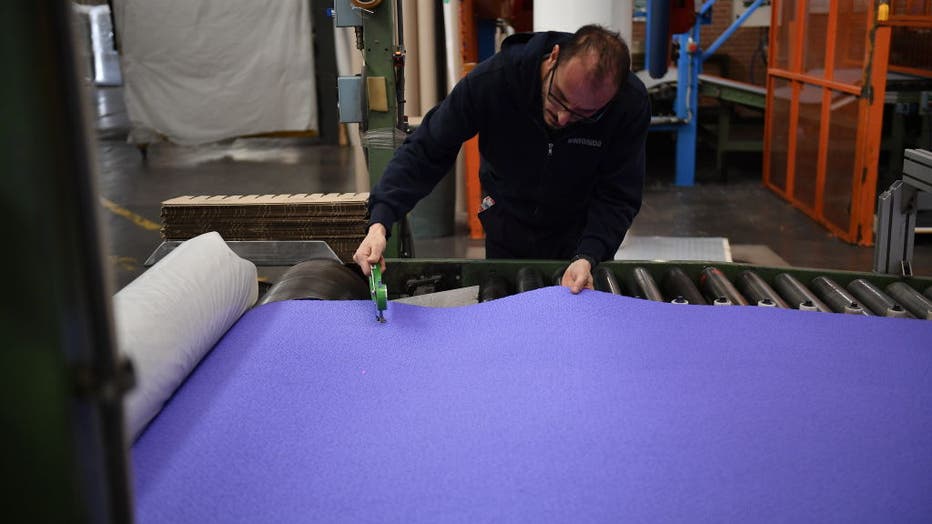Here's why the Paris Olympics track is purple

Paris 2024 Olympics logo design sparks hilarious comparisons on social media
Social media users may not have fully appreciated the logo, but the three-part design is steeped in significant meaning.
As the excitement builds for the forthcoming Summer Olympics in Paris, keen observers may have already noticed a striking change in the hue of the tracks where athletes will compete.
Instead of the traditional red-brick clay color that has become synonymous with Olympic running events, organizers have opted for a vibrant shade of purple.
This departure from convention has sparked intrigue and discussion among spectators and athletes alike, signaling a departure from the norm and perhaps hinting at a fresh perspective on tradition in the sporting world.
But why purple?
Back in Tokyo three years ago, athletes shattered three world records and established 12 Olympic records on the iconic red-brick track.
Crafted by Mondo, a company with a legacy dating back to 1948 and a supplier for 12 Olympic Games, the distinctive brick-red track boasts a surface infused with three-dimensional rubber granules meticulously integrated into the top layer of MONDOTRACK WS. According to the company, this specialized polymeric system, combined with semi-vulcanized compound, delivers unparalleled performance.

Worker inside Mondo factory during the construction of the athletes track for the Paris Olympic and Paralympic Games on March 13, 2024 in Alba, Italy.
Although there's no official explanation for the selection of the color purple, Alain Blondel, the sports manager responsible for athletics events during the July 26-August 11 Paris Games and the August 28-September 8 Paralympics, shared with the Associated Press that it's "one of the colors of the Games that we have (along) with, blue (and) green."
In a separate interview with Reuters, Blondel assured viewers that it's the same track and the same base used in the Tokyo Olympics with "small changes introduced."
"We really liked the purple as it allowed us to move away from the usual colors," said Blondel.
The Associated Press contributed to this story. It was reported from Los Angeles.

